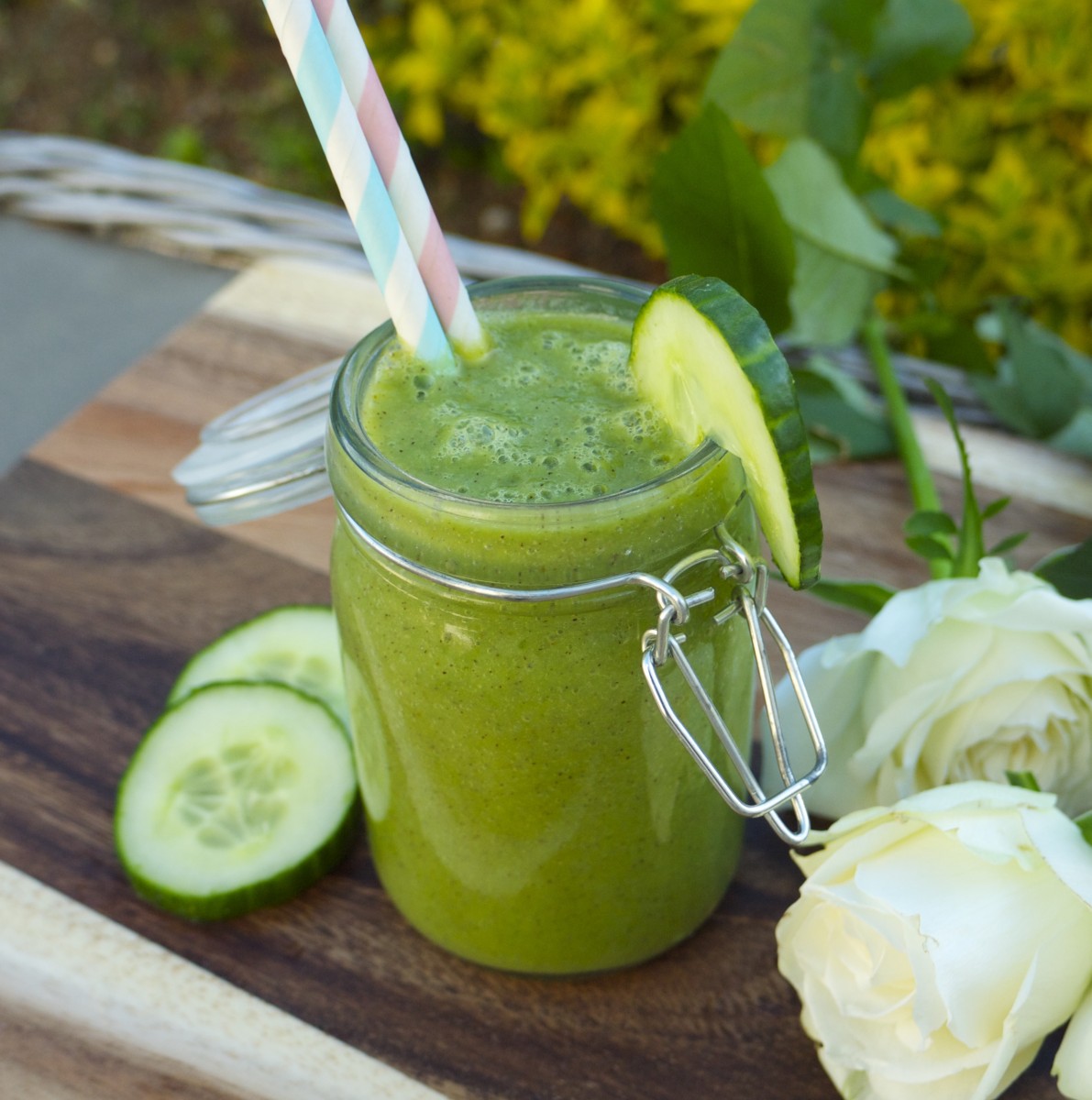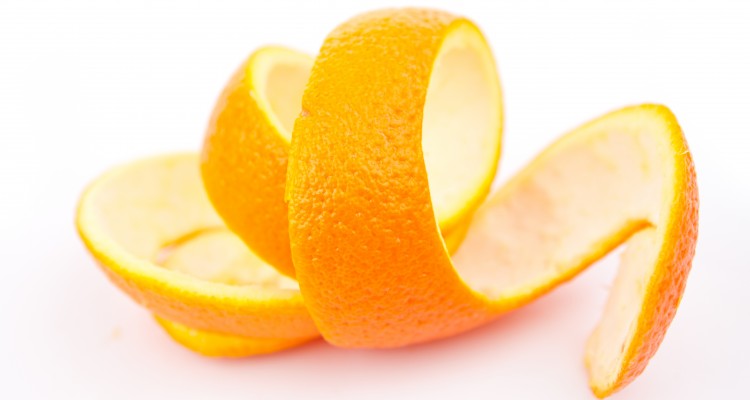Oh cellulite. Unique to us ladies, we certainly fret a huge amount about a very natural and common phenomenon that only became as aesthetic ‘problem’ when beauty bible Vogue decided it was an ‘issue’ and wrote about it in the late 1960s. It’s estimated that 80-90% of women have cellulite, and on some it’s more obvious than on others.
What is Cellulite?
Almost all of us can relate to cellulite and either have it or have had it at some stage of our life, including some very slim women.
Sometimes described as the ‘mattress phenomenon’, cellulite is a ‘pitting, bulging and deformation of the skin’, particularly on our thighs and bottom. It’s the subcutaneous tissue just below our skin’s surface that’s most affected by cellulite. Its structure is different in men and women, which is why men don’t suffer with the dreaded orange peel.
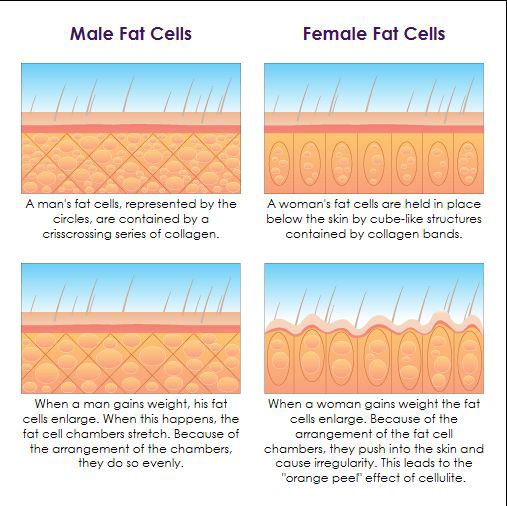
This subcutaneous tissue on our thighs is made up of three layers of fat, divided by two layers of connective tissue (collagen). In us ladies, the top subcutaneous layer is comprised of ‘large standing fat cell chambers’, which are divided by walls of collagen.
Try pinching the flesh on your thighs between your thumbs: we’ll almost always be able to see this bulging and pitted texture between our fingers, whereas a man’s flesh will just fold or furrow normally when pinched.
Cellulite is really just fat that has pushed up through the spaces between our collagen, making bumps and dimples easily visible. Genetics and ageing can affect how strong or weak our collagen is, but eating the right kinds of food to support and restore collagen, as well as taking regular exercise and lowering overall body fat can all make a huge difference to cellulite.
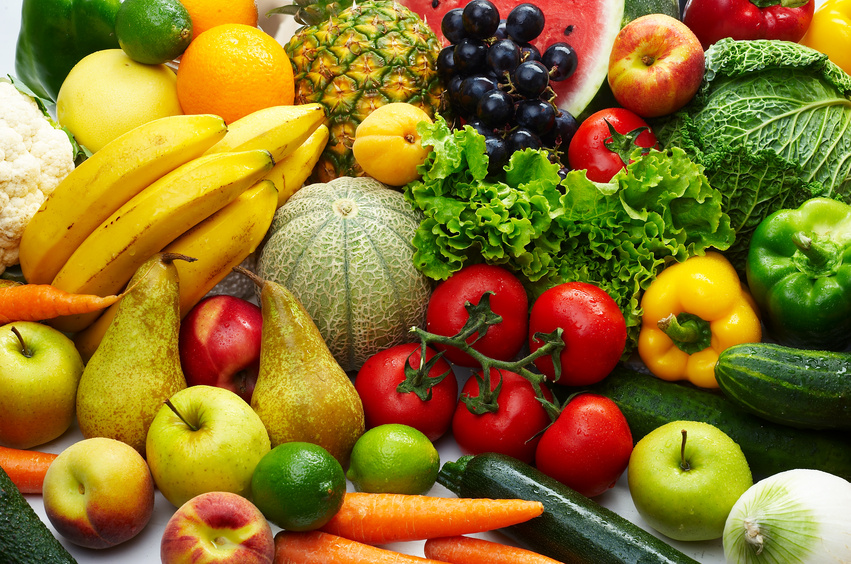
But it’s important not to lose weight too quickly either, as this may actually make cellulite look even worse. Yet another reason to say no to crash diets!
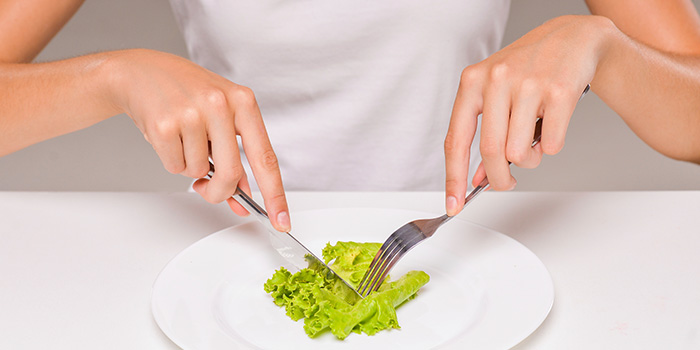
How to reduce cellulite:
Taking regular exercise can really help to boost your lymphatic system and burn fat, and especially resistance training. Building up your muscle strength through squats and lunges, for example, can make a big difference. But what you eat (and don’t eat) makes the most impact.
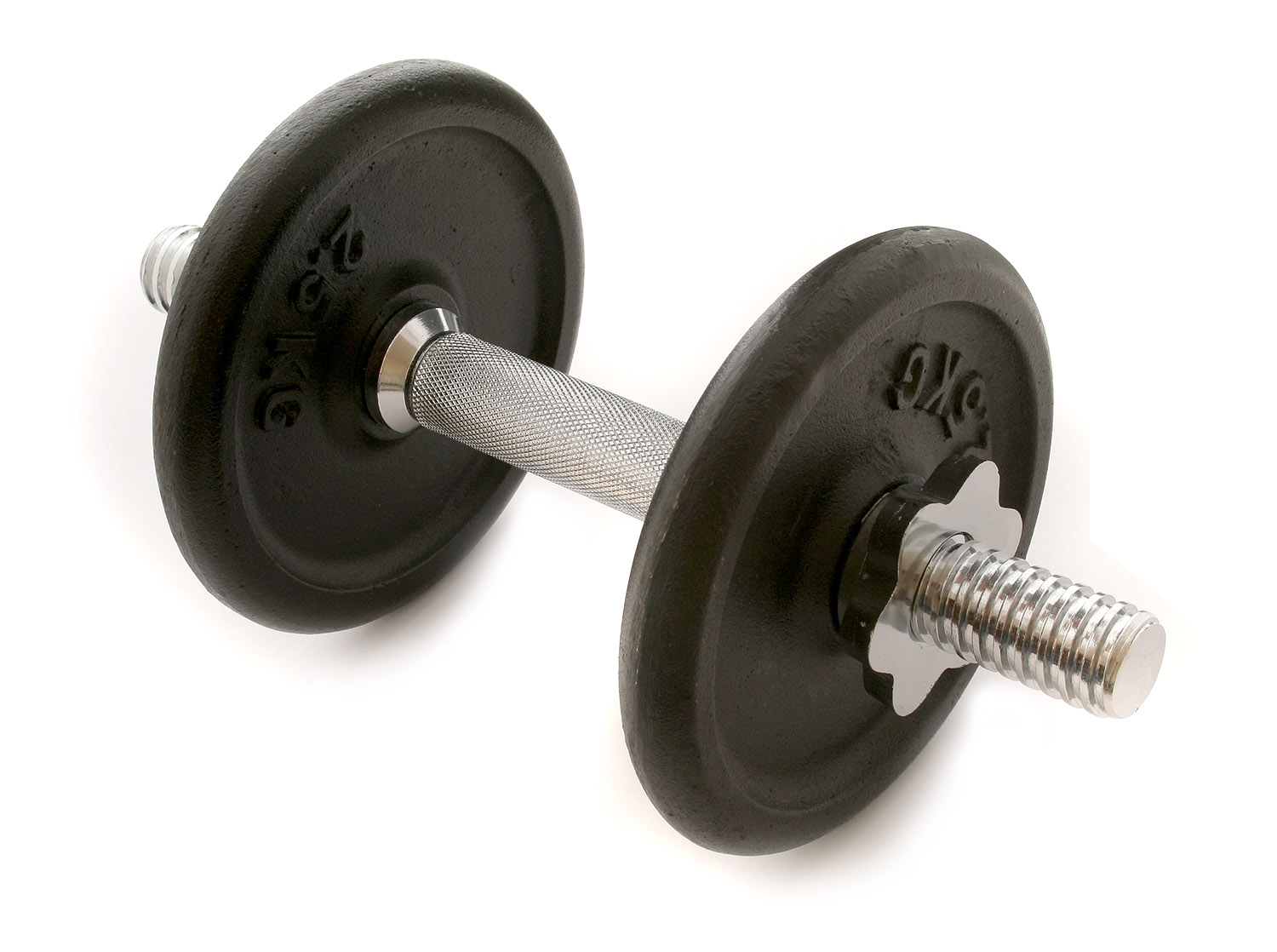
Focus on reducing your intake of refined sugar, white flour, fried and processed foods, and eating plenty of whole plant foods, healthy fat and lean protein. Fill up on whole, unprocessed foods, drink plenty of water and aim to reduce your intake of caffeine, alcohol, salt and fizzy drinks.
Foods rich in vitamin C help to build the collagen needed for supple, smooth and plump skin all over your body. Some of the best sources include bell peppers, strawberries, spinach, kale and citrus fruits.
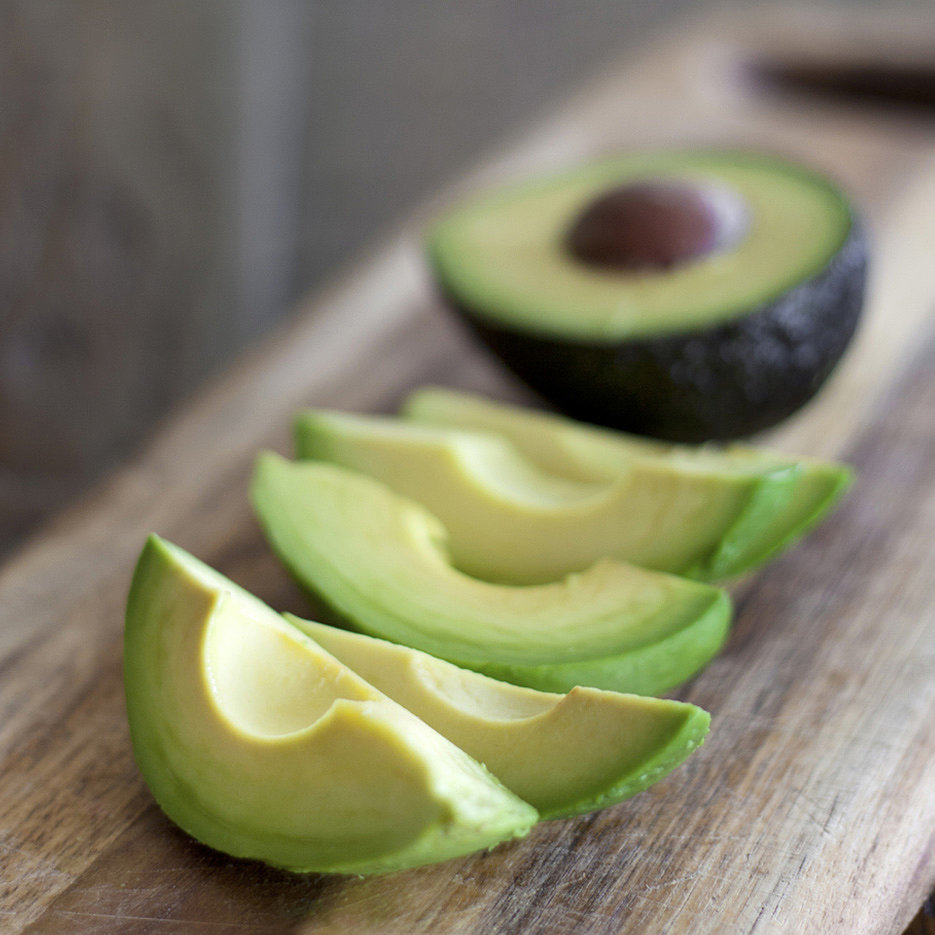
Some women also swear by dry brushing their thighs each day, with a soft bristle brush using circular strokes towards the heart, to boost blood flow and lymphatic drainage to the area.

Another of my key tips for reducing cellulite is to drink a large glass of warm water with lemon first thing in the morning. This is an integral part of the Eat Yourself Beautiful programme as it also promotes better digestion.
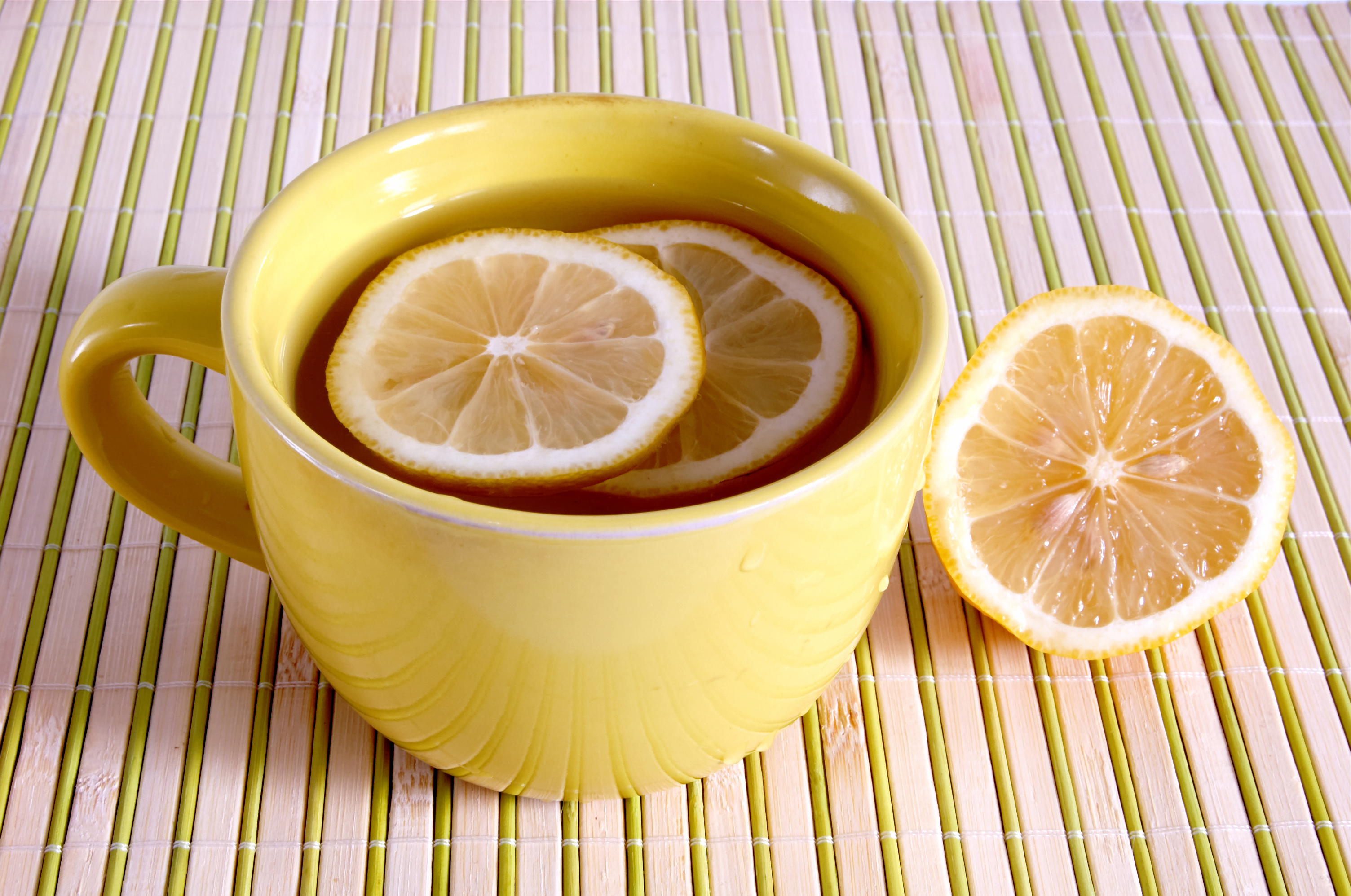
I remember the first time I spied a little cellulite on the back of my thighs. I was about fifteen years old and it was the end of a long summer of ice-creams, barbecues, overfeeding by my grandmother and a generally slower pace of life way from the routine, hockey matches and athletics training of the school term. So I had naturally put on a little extra padding. My once-lithe teenage body was starting to do its own thing, and I was not one bit happy about it. Once I got back to my regular exercise, a healthy diet and lost the few pounds, my cellulite disappeared too. But ever since, then it always makes a reappearance when I’ve put on a little weight, usually after an indulgent holiday.
I try not to get too worked up about it because I know that a little extra hard work in the gym, plus getting back to a whole foods diet will help a lot.
However, the one time that plenty of exercise actually encouraged more cellulite, was back in 2012 when I was training hard for the half-marathon leg of the Ironman 70.3 in the West of Ireland. I was running fairly long distances of 15-20 kilometres a few times a week, but for a couple of weeks before the big race, I stopped my usual squats and lunges to focus entirely on my cardiovascular fitness. The day before the race, I could really see that I had lost quite a lot of muscle tone in my legs, much of which was replaced by cellulite. Now that was unexpected! Once I resumed my normal leg routine and lowered the amount of cardio I did, the dimples disappeared a few weeks into my renewed focus on squats, lunges and legwork.
Do you struggle with cellulite?
Drinking a green juice or smoothie each day can help to support your body’s own detoxification organs. Try my Kiwi-Cucumber Cooler for a refreshing drink to help fight cellulite.
